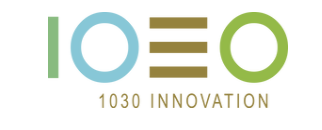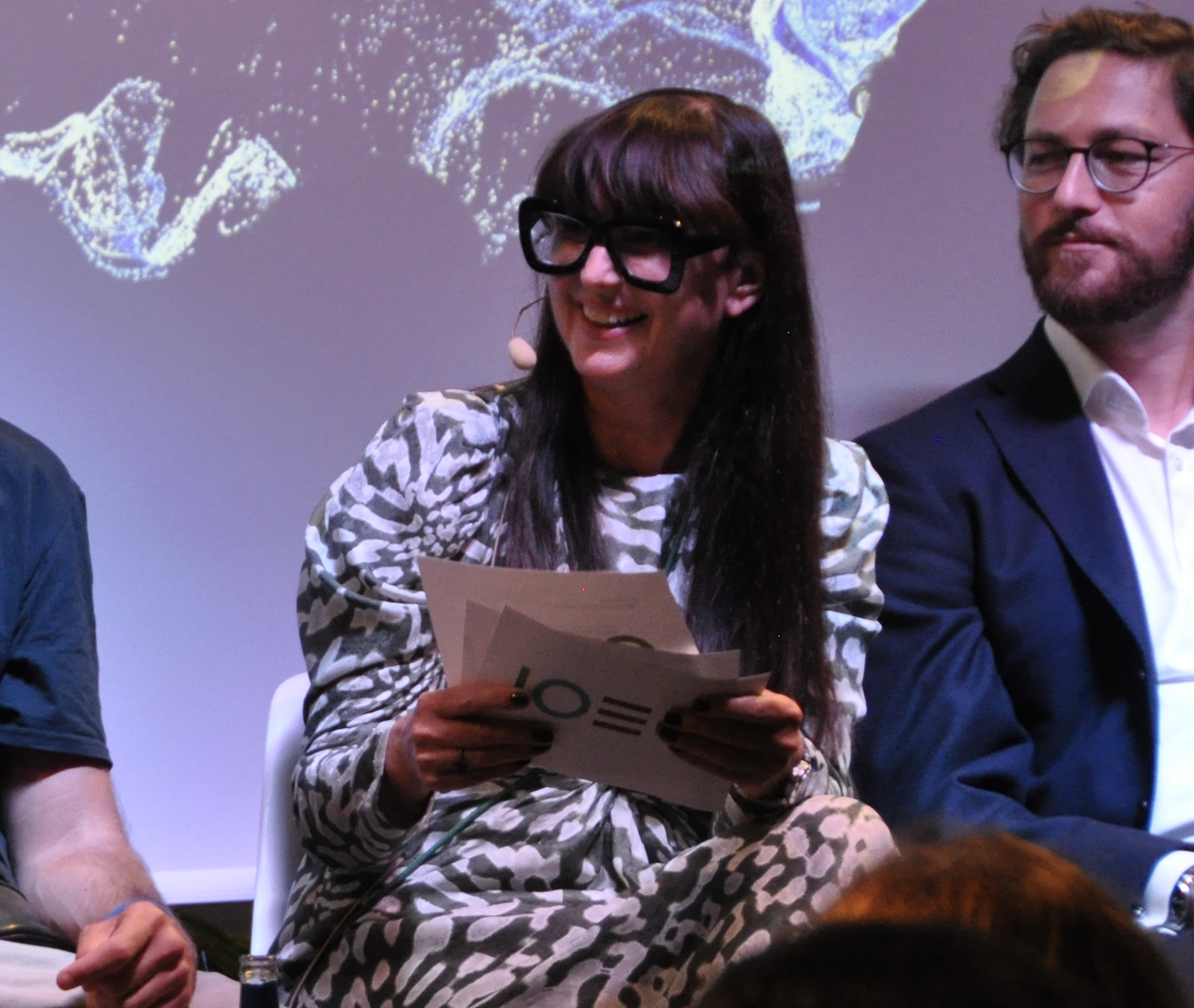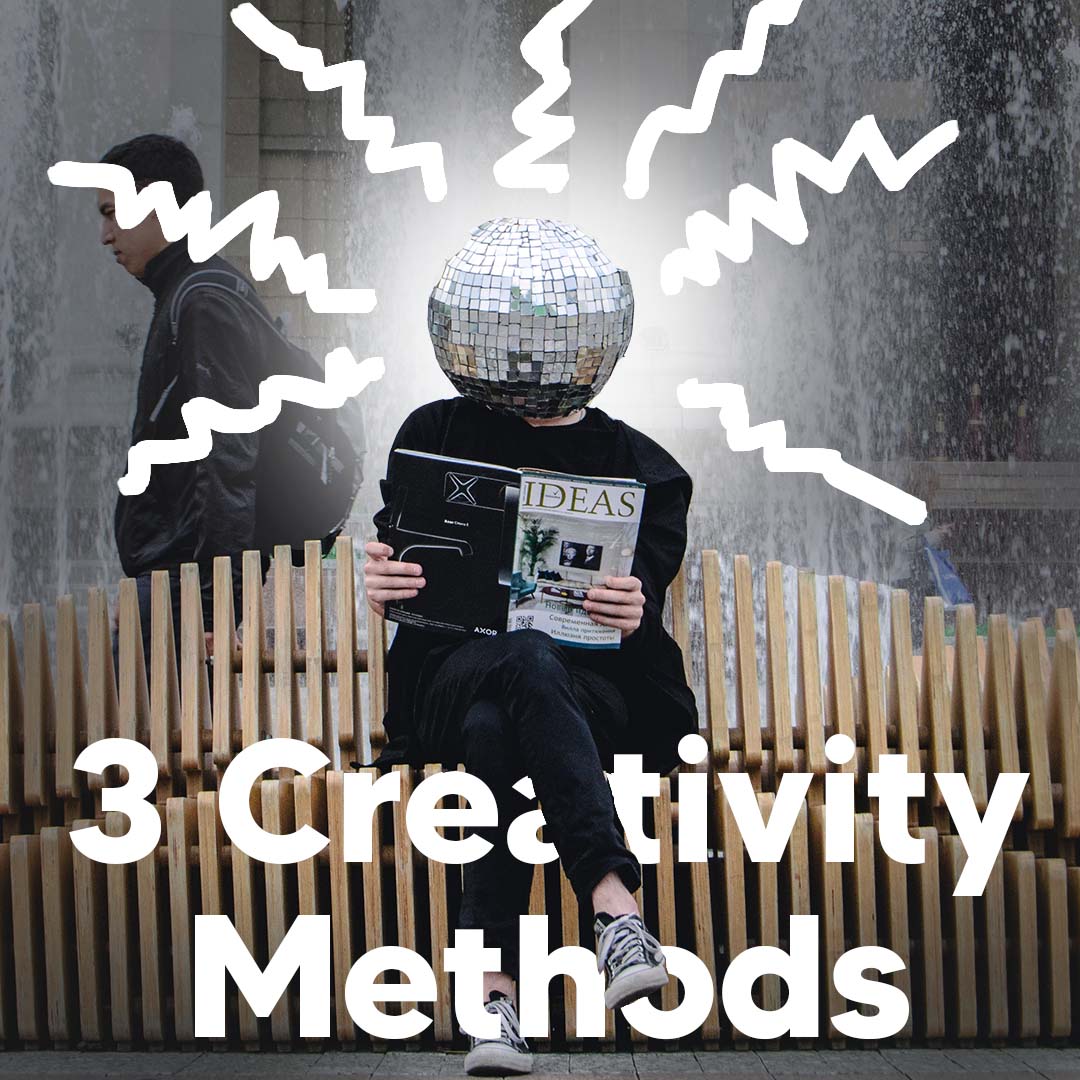The opioid crisis is a global problem and many countries see the rise in opioid consumption for the treatment of pain.
We met with Stefan Kampusch, the COO of SzeleSTIM, to talk about their startup.By the way, SzeleSTIM won Pioneers’18 and we understand why! The startup develops a wearable device to provide a minimal-invasive, non-pharmacological, and sustainable therapy for acute and chronic pain patients. Worn on the ear and built to stimulate the vagus nerve with a pattern tailored to each patient, the potential impact of the product for the millions of chronic pain sufferers is hard to overestimate.
Our December startup: SzeleSTIM

SzeleSTIM at Pioneers’18 ©Stefan Kampusch, SzeleSTIM
What does SzeleSTIM do?
SzeleSTIM helps chronic pain patients to suffer less. The startup develops a wearable, which is worn like a hearing aid. It stimulates the vagus nerve and by stimulating it, it makes it possible to block pain. The body starts producing its own opioids. It reduces pain and as a result, reduces intake of pain medications.
Where does the idea come from?
One of the founders, Dr. Széles, is a surgeon and he had the idea a long time ago because he wanted to give his patients an opportunity to live with less or without medication. The opioid crisis is a huge topic right now, especially in North America, and unfortunately, it is also coming to Europe. Austria is already the number one country in the world when it comes to morphine use per capita.
After surgeries, almost everyone gets a prescription for opioids to treat acute pain. Normally medications stop the pain but if the pain stays, you have to continue to take the opioids. It is a really serious problem because opioids are not meant for long-term treatment and are highly addictive.
How can the patients get the device and how do they use it?
SzeleSTIM distributes its device though clinics, hospitals and medical practitioners. Normally, a patient has to pay for it and the price is comparable to other therapies. However, the SzeleSTIM team has already got some Austrian clinics on board that now pay for the device and provide it to their patients for free.
Patients with chronic pain that have been taking their daily medication for years but haven’t seen any improvement, get the device from their doctor. The patient wears it for up to 10 days and then assesses the results with the doctor. At the moment it is a single-use product and if needed, the patient gets a new device. SzeleSTIM recommends undergoing the treatment for at least six weeks but it is highly individual. A study on auricular electrical stimulation has shown that six weeks of stimulation significantly reduce the pain and keep it low afterwards.
It is normal to feel a tingling sensation in the ear, however, everyone has a different current perception threshold. For some people it might feel a bit painful. For this case, SzeleSTIM develops devices where the intensity can be adjusted accordingly. It is also possible to change the duration of the simulation in order to achieve sustainable pain reduction. Patients are able to do some adjustments on their own, within given boundaries.
“We are constantly improving the product and are now working on a device that will be more adaptable to the patient’s needs and will also measure the outcomes of the treatment”, explains Stefan.
How can you measure the outcomes?
It is hard to measure pain and the simplest way to do it is to track the pain scale of the patient via an app and a therapy management system. Future versions of the device will additionally measure heart rate variability (HRV) and other parameters. HRV is an autonomic nervous system parameter and it indicates how much variation there is in one’s heartbeats within a specific timeframe. If a person is in stress and pain these values are low. When the patient recovers, the values increase.
Who is behind SzeleSTIM?
“We are five founders”, Stefan tells us. “Our CEO, Dr. Széles, is the inventor of the method and a surgeon with decades of clinical expertise and over 10 years of experience with this technology. Prof. Kaniusas, one of our founders and CTO, is a professor of Biomedical Engineering at the Vienna University of Technology. The other founders are responsible for general management and sales, finance, regulatory and quality affairs as well as product development. We also have a business development manager in our team.”
The startup was founded in 2015. How has it evolved? What were the challenges back then and what are the challenges now?
Everything started with the development of the product. A prototype was developed at the Vienna University of Technology. In the beginning, the team was really focused on finding the right people to help with certification and of course, on raising the capital. “We were quite lucky, we had business angles. Then we also got a national funding for the research project we cooperated on with another company, which has long time experience in engineering for medical devices. This worked out quite well”, explains Stefan.
Now, the prototype is ready and the team is closing another funding round. It will enable the company to start a mass production and focus on market expansion to bring the product to the patients that need it.
What is special about doing business in Austria?
Austria is very person- and relationship-oriented. “It is important for us to meet the right people at the right clinics and at the right time. If we are too early, it is not good because the attention will drop very fast. We should think what clinics and hospitals to target first. Austria is small and the community of key opinion leaders is quite small as well. We are now developing this market step-by-step”, says Stefan.
How does the future look like for SzeleSTIM?
The team wants to first get the traction and build the market intelligence in Austria. The goal is to expand to Switzerland afterwards. Germany and USA are also very important. The US market has a big potential. It is not as fragmented as the European market and the demand is high there due to the opioid crisis.
Written by Olga Bratsun




